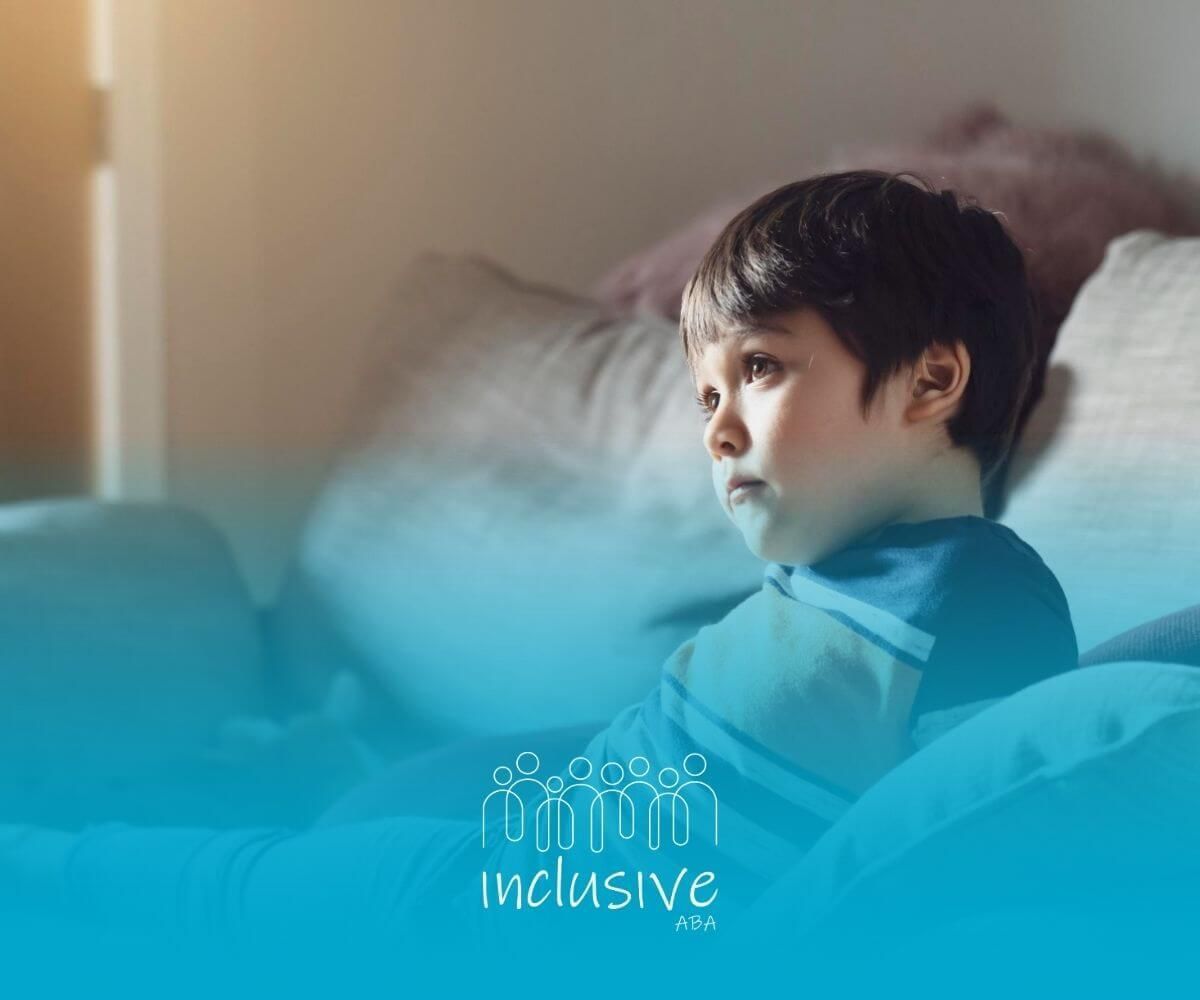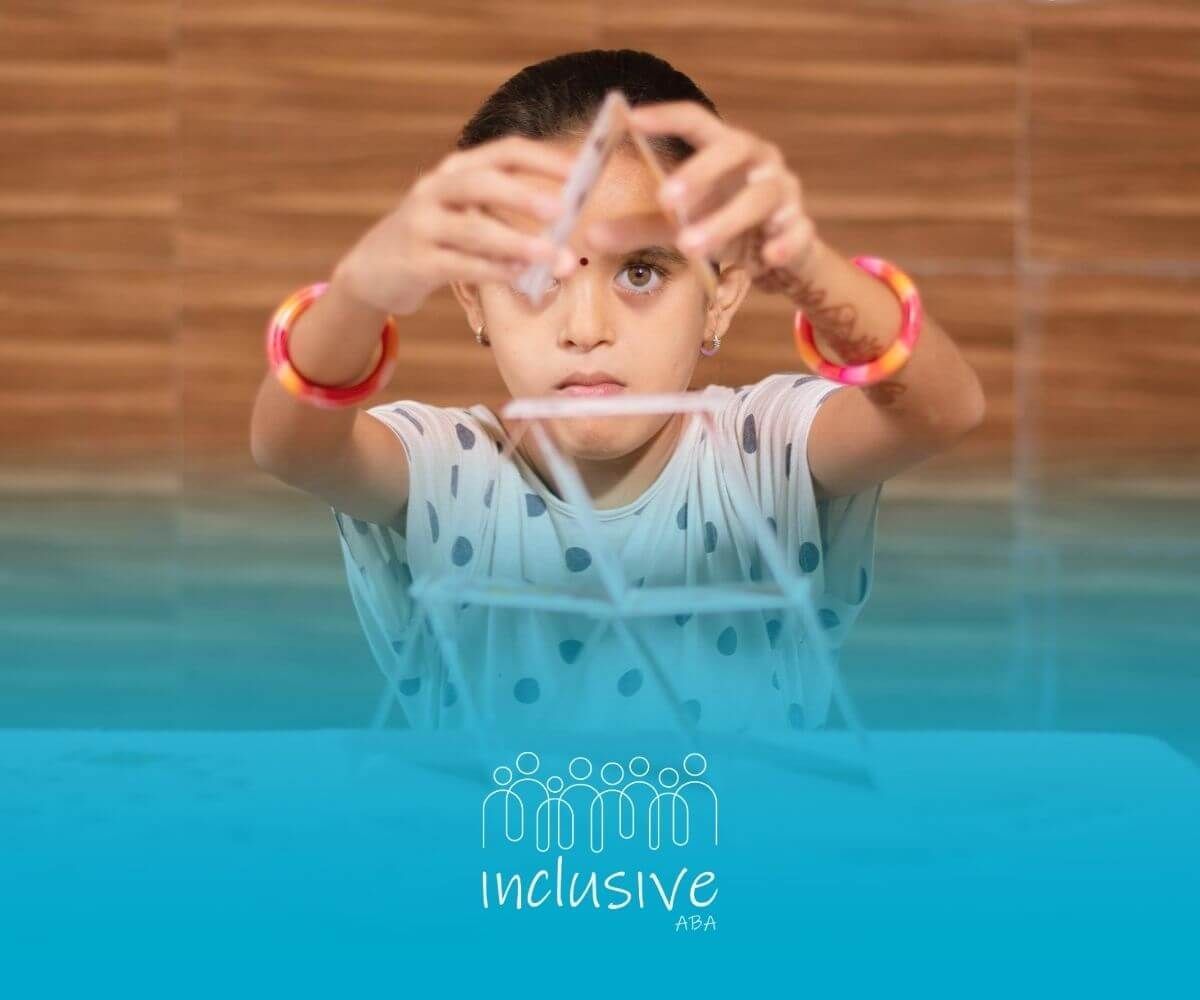The Impact of Temple Grandin on Autism Spectrum Awareness
Temple Grandin is a scientist and autism advocate whose life story has reshaped how professionals and families view neurodiversity.
The term Temple Grandin autism spectrum appears frequently in searches by parents, educators, and therapists seeking real-world examples of autistic success and resilience.
Her early diagnosis, insightful sensory research, and humane innovations in animal welfare have expanded autism spectrum awareness and influenced education and advocacy worldwide.
Clarifying Her Diagnosis
Early Assessment and Support
Temple Grandin was born in Boston, Massachusetts, in 1947. She showed limited speech and severe sensory avoidance as a toddler. Clinicians recommended institutional care due to her extreme reactions to noise and touch. Her mother rejected that path, securing early intervention services.
By age three and a half, Grandin received a formal autism diagnosis, a rare label in 1950. Early support included speech therapy, occupational therapy, and vestibular activities like swinging to build motor skills and language. These measures set the stage for her academic achievements.
Grandin’s mother became an advocate for special education, interviewing specialists and arranging therapies. This family-led approach foreshadowed modern parent-teacher partnerships that shape Individualized Education Program goals.
Diagnostic Context
In the mid-twentieth century, autism spectrum disorder was poorly defined. Diagnostic guidelines were emerging, and many children with ASD received minimal or institutional care. Few family-oriented support systems existed.
Today, practitioners use standardized tools like the ADOS (Autism Diagnostic Observation Schedule) and DSM-5 criteria. Interdisciplinary teams recommend evidence-based interventions, including behavioral, speech-language, and sensory integration therapies. This evolution underscores how exceptional Grandin’s early diagnosis and tailored support were.
Comparison of Autism Diagnosis Then and Now
| Aspect | 1950s Practices | Current Standards |
|---|---|---|
| Age of Identification | Often after severe speech or social delays | Routine screening by 18–24 months |
| Diagnostic Criteria | Anecdotal descriptions by pioneers | DSM-5 criteria and evidence-based assessments |
| Early Support | Inconsistent or absent | Structured programs like ABA and OT |
| Family Resources | Minimal community networks | Parent training, support groups, online platforms |
This table highlights the rare nature of Grandin’s early support and its long-term impact.
Exploring Autistic Traits
Sensory Sensitivities
Grandin characterized her hearing as if a volume control were stuck on super loud. Crowded rooms and church services felt overwhelming, often triggering a physical withdrawal from touch. To calm her nervous system, she engaged in vestibular activities and experimented with weighted pressure.
At age eighteen, she engineered a squeezing machine lined with foam rubber to apply uniform pressure across her body. This invention inspired clinical "hug machines" now used to support autistic and hyperactive children.
Studies show specific audio frequencies and visual patterns may overwhelm autistic individuals. Grandin’s sensitivity to flickering lights led her to recommend full-spectrum lighting and noise-dampening measures in classrooms.
Unique Cognitive Processing
Visual Thinking
Grandin’s thought process mimics a series of images rather than words. She explains that she searches her mental "photo album" to solve problems, a skill that proved invaluable in visualizing livestock facility layouts and identifying stress points before construction. Visual thinkers excel at spatial reasoning and system design.
Studies indicate that visual thinkers are overrepresented in engineering and design fields. Grandin’s success in facility design showcases how neurodiverse perspectives can solve complex spatial challenges.
Focused Interests
Her early fixation on cattle chutes motivated her to study animal behavior in depth. While some autistic savants may lose specialized skills as they shift focus, Grandin maintained and channeled her intense interests into a lifelong career, demonstrating the power of sustained attention.
Her passion extended beyond animals to include mechanical devices and photography, illustrating the breadth of interest domains that autistic individuals may explore.
Savant Skills and Focus
Some autistic individuals develop savant abilities such as calendar calculation or art. However, Grandin notes these talents often wane if intense focus shifts toward social activities. This observation highlights how sustained focus underpins high-level skills.
Social Interaction Patterns
Grandin experienced difficulty recognizing faces and interpreting social cues until relationships became familiar. Research indicates that autistic individuals often have deficits in facial recognition, which can lead to social misunderstandings and exclusion. Grandin’s personal account aligns with these findings.
To cope with social ambiguity, she developed scripts and practiced conversations until they became automatic. This approach now underpins social skills programs that use role-playing and video modeling.
Fostering Autism Education
Early Intervention Strategies
Grandin’s rapid progress underlines the value of early intervention when language delays persist beyond age three. Experts recommend a combination of therapies to target core skills and sensory regulation. Key components include:
- Applied Behavior Analysis (ABA): Reinforces communication and social skills
- Occupational Therapy (OT): Addresses motor planning and sensory integration
- Speech-Language Therapy: Builds expressive and receptive language
- Vestibular and Proprioceptive Activities: Supports sensory modulation
Grandin’s academic achievements in science and mathematics further demonstrate how interest-driven learning can yield success. She earned a Ph.D. in Animal Science from the University of Illinois, illustrating the potential for high academic performance with the right supports.
Tailored Learning Approaches
Grandin advises that autistic learners thrive in hands-on, experiential settings. She criticizes the removal of shop and art classes, warning that such cuts eliminate discovery pathways for special interests.
Effective strategies include:
- Embedding project-based activities in STEM curricula
- Using visual schedules and concrete instructions
- Offering one-on-one or small-group learning environments
- Leveraging individual strengths as motivational anchors
Grandin also stresses exposing children to varied experiences, from art classes to farm visits. Such diverse activities help autistic learners discover interests and strengths beyond classroom walls.
Educators report that using Grandin’s visual metaphors—like comparing abstract tasks to picture sequences—significantly improves comprehension for autistic learners. By teaching through imagery and real-world analogies, teachers can align instruction with how many students with ASD process information.
Elevating Public Awareness
Speaking and Writing
Through books and lectures, Grandin has shared her autism journey and professional insights. Her 1995 memoir Thinking in Pictures: My Life with Autism introduced readers to her visual mindset. Later, The Autistic Brain: Helping Different Kinds of Minds Succeed bridged neuroscience research and practical guidance.
As a professor at Colorado State University, she taught courses on animal science and autism, published peer-reviewed papers, and mentored students across disciplines.
Major Publications
| Title | Year | Focus |
|---|---|---|
| Thinking in Pictures | 1995 | Memoir on autistic cognition |
| The Autistic Brain | 2013 | Neurodiversity and learning styles |
Media Outreach
Grandin’s story inspired an HBO film that introduced millions to autism spectrum challenges and strengths. Interviews on network news and radio programs emphasized her sensory experiences, educational methods, and humane livestock innovations. These media appearances shifted public narratives from deficit-focused to strengths-based platforms.
Her media engagement spans:
- Television documentaries
- Radio interviews
- Online webinars
- Conference keynotes
Her firsthand perspective continues to guide journalists and event organizers seeking authoritative commentary on autism and neurodiversity.
Championing Neurodiversity Acceptance
Strengths-Based Advocacy
Grandin promotes the view that neurodiversity represents natural variations in the human mind. She highlights autistic strengths such as pattern recognition, visual processing, and attention to detail. Families and professionals are encouraged to identify and nurture these talents instead of focusing on perceived deficits.
Key neurodiversity tenets promoted by Grandin include:
- Viewing neurological differences as natural variations
- Prioritizing person-centered educational design
- Advocating sensory-friendly public policies
- Celebrating diverse thinking in research and innovation
Policy Perspectives
Grandin has cautioned against oversimplifying autism diagnoses, arguing that merging Asperger’s Syndrome under a single label may overlook distinct support needs.
She also underscores the need for collaborative cognitive teams, noting that combining visual, pattern, and word thinkers can boost innovation and prevent research errors.
Her policy proposals include:
- Dedicated funding for vocational training aligned with individual strengths
- Mandatory sensory-friendly adjustments in public environments
- Recognition of nontraditional skill sets, including art, photography, and mechanical design
Advancing Animal Welfare
Humane Design Innovations
Grandin’s understanding of sensory processing enabled her to revolutionize livestock handling equipment. Observing that cattle calm under steady pressure, she designed a squeeze chute that applies consistent, gentle force to reduce stress and fear.
Key innovations include:
- The
Squeeze Chute, which lowers cortisol levels in livestock
- The
Center-Track Restraint, guiding cattle through lines at a comfortable pace
- The Humane Handling Scoring System, an A-to-E scale for facility audits
Key Innovations Table
| Innovation | Purpose | Impact |
|---|---|---|
| Squeeze Chute | Apply comforting pressure to livestock | Reduced stress markers and injuries |
| Center-Track Restraint | Guide cattle smoothly through lines | Improved flow and animal calmness |
| Humane Handling Scoring | Rate treatment quality | Established welfare benchmarks |
Industry Transformation
Grandin’s scoring guidelines have become standard in meat-packing plants worldwide. Today, half of the cattle in the US and Canada pass through her center-track restraints, contributing to safer handling, reduced bruising, and improved product quality. Facilities that adopted her chute design often report fewer handling errors and employee injuries, demonstrating mutual benefits for animals and workers.
Her sensory insights also influenced facility aesthetics. Grandin noticed cattle would balk at reflections in puddles or contrasting patterns on walls. She recommended removing white stripes and installing solid, nonreflective surfaces to reduce animal startle responses.
Leaving a Lasting Legacy
Empowering Families
Grandin’s life story delivers practical advice for families supporting children on the autism spectrum. She underscores:
- The importance of early assessment for speech and social delays
- The role of sensory supports like weighted devices and vestibular activities
- Encouraging special interests to foster motivation
- Collaborating with therapy teams to set achievable goals
Grandin’s example shows how tailored support can unlock potential and foster independence.
Inspiring Professionals
Her academic journey—from earning a Ph.D. in animal science at the University of Illinois to her professorship at Colorado State University—provides a blueprint for neurodiverse individuals pursuing scientific careers.
Fields impacted by Grandin’s work include:
- Animal science and veterinary medicine
- Occupational and speech therapy
- Special education and curriculum design
- Industrial and product engineering
Her influence continues through professional training programs and policy advisory roles, shaping inclusive standards across multiple domains.
Conclusion
Temple Grandin’s life story bridges the fields of autism advocacy and animal welfare. Her early diagnosis against a backdrop of limited 1950s understanding set the stage for breakthroughs in sensory integration and tailored education. Grandin’s unique cognition and focused interests powered innovations that reshaped livestock handling and public perception of autism spectrum disorder.
Through lectures, writing, and policy engagement, she defends neurodiversity and champions strengths-based support for individuals on the spectrum. Families adopt her strategies to nurture talents, professionals integrate her methods into practice, and industries factor compassion into design.
For those seeking to learn more, Grandin’s books, peer-reviewed papers, and documentaries offer deeper insights into her methods. This article can be shared with families, educators, and therapists to spread awareness of how embracing neurodiversity can spark lasting change.
At Inclusive ABA, we take inspiration from trailblazers like Temple Grandin to provide compassionate, personalized ABA therapy that celebrates each individual’s strengths. If you’re in Nevada, Nebraska, or Colorado and ready to begin or enhance your autism support journey, our expert team is here to guide you.
Schedule a free consultation today to discover how we can empower your child with the right tools for meaningful progress.
Frequently Asked Questions
Who is Temple Grandin and why is she important in autism education?
Temple Grandin is a professor, author, and autism advocate known for advancing public understanding of autism and promoting sensory-sensitive approaches in both education and animal science.
How can Temple Grandin’s story help parents of autistic children?
Her story shows how focusing on strengths, using visual supports, and creating structure can lead to success in learning and life—even for children with early developmental delays.
SOURCES:
https://autism.org/temple-grandin-inside-asd/
https://www.aaas.org/membership/member-spotlight/temple-grandin-heroine-autism-community-brings-humanity-animal-science
https://www.specialstrong.com/understanding-autism-through-the-eyes-of-dr-temple-grandin/
https://autism.org/temple-grandin-inside-asd/
https://greatergood.berkeley.edu/article/item/temple_grandin_shares_her_journey_with_autism
https://www.elsevier.com/connect/temple-grandin-on-the-kinds-of-minds-science-desperately-needs
Looking for Expert Help? We're Here for You!
Our compassionate and skilled team is devoted to enhancing your child's development through customized ABA therapy. Let us partner with you to create a supportive environment for your child's success.
Discover how we can help your family thrive with expert ABA therapy.
Related Posts







